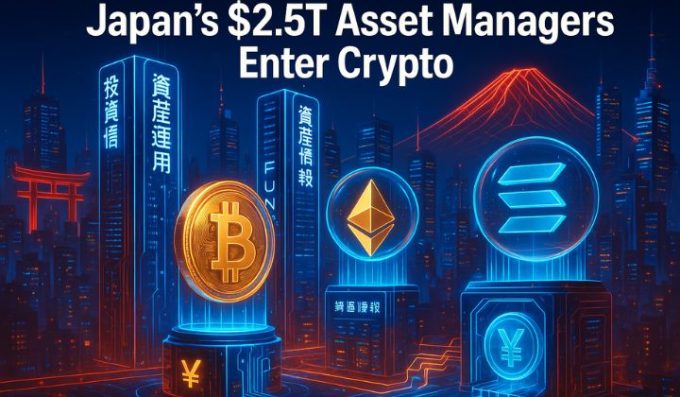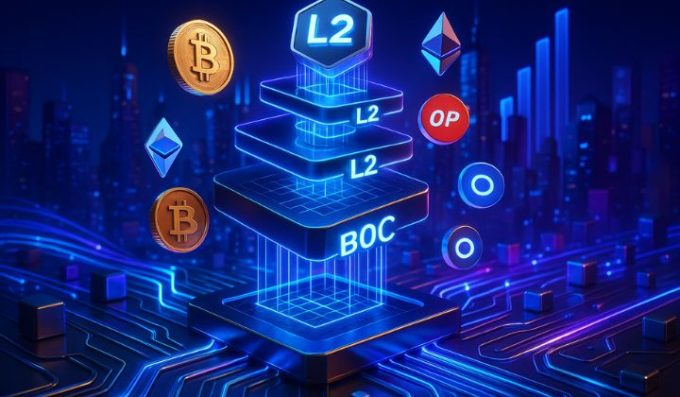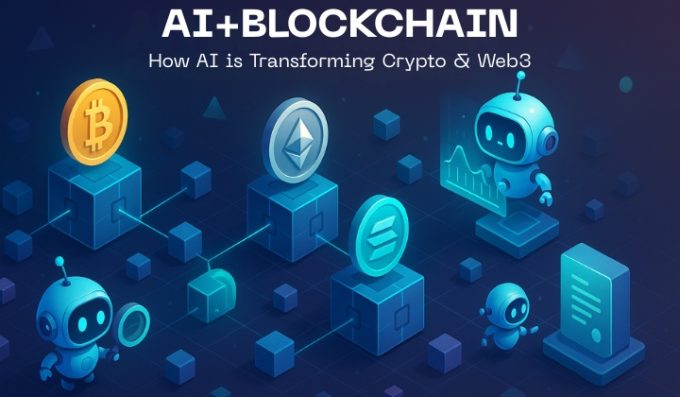Buterin Endorses ETH Blockchain’s ‘Minimalism’
By Laxmikant Khanvilkar
Vitalik Buterin, the co-founder of second largest virtual digital assets (VDA) Ethereum, appears to be a great proponent of ‘Minimalism’.
What prompted Buterin to endorse the concept, which is about “Less is More” in terms of embracing the most of fewer things, was the systemic risk posed by overloaded social consensus.
The Ethereum co-founder admitted the “natural urge” to try to extend the Ethereum blockchain’s core functionality.
He added that such actions could end up making the consensus layer more fragile.
Over the years, several proposals have emerged suggesting the use of Ethereum social consensus for other purposes, including price and data oracles, re-staking initiatives, and using layer-1 soft forks to recover layer-2 projects.
The Ethereum co-founder, however, warned against such a notion and explained, “It is natural for application-layer projects to attempt such a strategy, and indeed such ideas are often simply conceived without an appreciation of the risks, but its result can easily become very misaligned with the goals of the community as a whole.”
In the latest blog post titled, ‘Don’t overload Ethereum’s consensus,’ Buterin offered some potential solutions to address risks such as price oracles, either “not-quite-cryptoeconomic decentralized oracles” or validator-voting-based oracles that explicitly commit to their emergency recovery strategies being something other than appealing to L1 consensus.
Buterin also pointed out that more complex truth oracles could be counted as a solution as the focus would be on reporting facts more subjective than price. He added that it would be “some kind of decentralized court system” built on a not-quite-cryptoeconomic DAO.
Minimizing reliance on cross-chain bridges is also important since these protocols have become an attractive target for malicious entities.
Buterin said that any expansion of the “duties” of Ethereum’s consensus triggers an increase in costs, complexities as well as risks of running a validator. He argued that preserving the chain’s minimalism should be the focus which can be achieved by supporting uses of re-staking that do not look like slippery slopes to extending the role of Ethereum consensus.
He also highlighted the importance of helping developers find alternate strategies to achieve their security goals.
You need to login in order to Like













